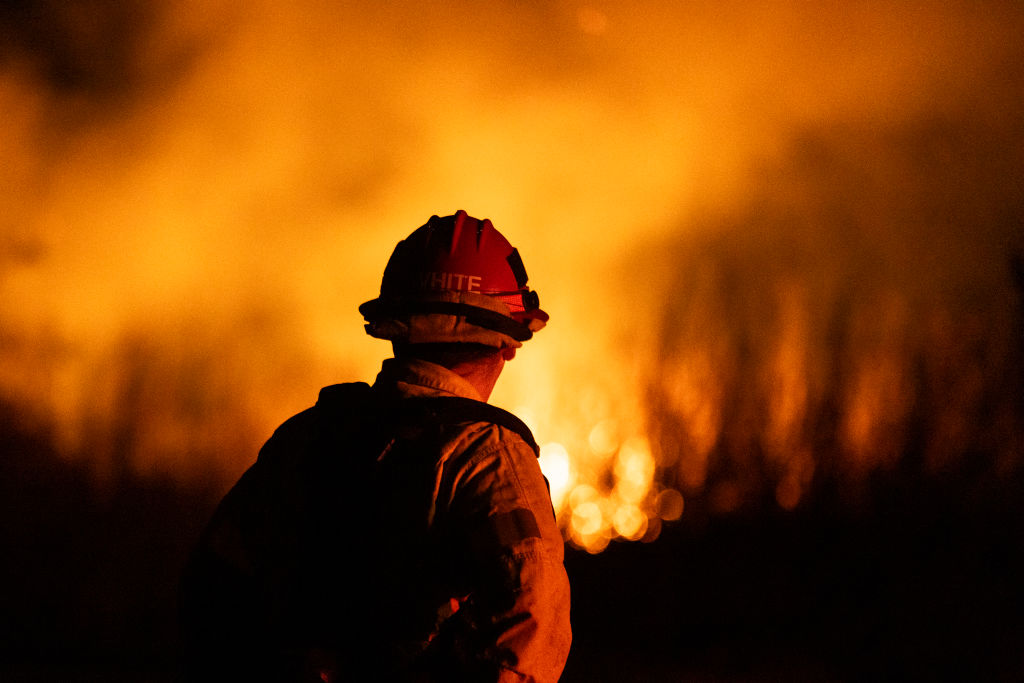“The city burning is Los Angeles’s deepest image of itself. . . . The wind shows us how close to the edge we are.” This was Joan Didion writing in 1968 on the effect that the Santa Ana winds have had on the psyche and landscape of Southern California. Almost sixty years on, it remains an enduring image of California: a state constantly on the precipice of disaster. The precipice has only gotten closer as climate change has made the winds stronger and the landscape drier.
This year, winds, their power made worse by climate change, have again laid bare the impermanence of life between the San Gabriels and the Pacific. As of January 13, twenty-four people have lost their lives to the fires, and twenty people are still missing. About 180,000 people have been displaced, and about 12,000 structures have been destroyed. Aside from lives and structures, the Palisades and Eaton fires will have long-term consequences for public health. Particulate matter from wildfire smoke can have lasting health implications and contributes to the 100,000 people who die every year from air pollution.
It will, however, only be in the aftermath of these fires that their true toll will emerge. Those whose homes have survived may face substantial insurance claims for damages; those lucky enough to not have lost their homes will have to bear cost of skyrocketing insurance premiums; the uninsured or underinsured will have no homes to return to.
Many survivors will lack the resources to rebuild, let alone move elsewhere, because of the state’s insurance and housing affordability and availability crises. Exclusive urban planning in Los Angeles has long limited the stock of affordable housing. A flood of displaced residents from the Palisades and Eaton fires into the short-term rental market will put further pressure on an already costly housing landscape. While the LA City Council recently voted to increase housing development in already high-density residential…
Auteur: Alex Casey

